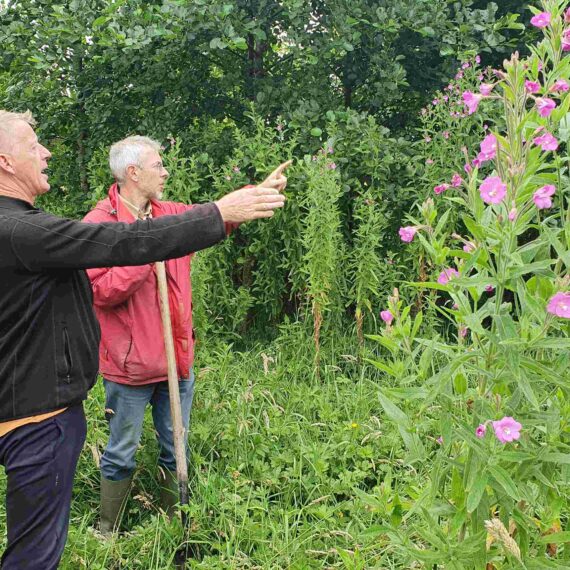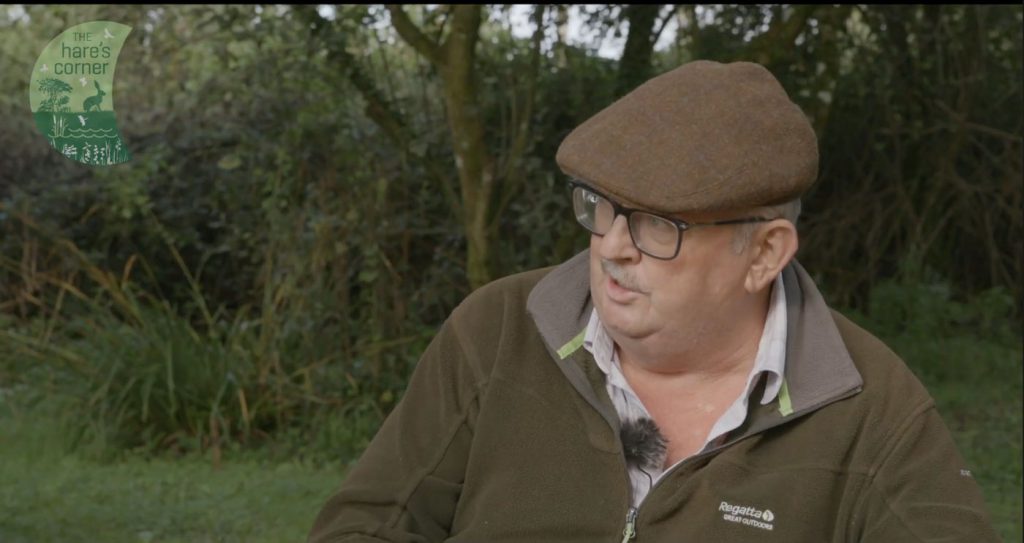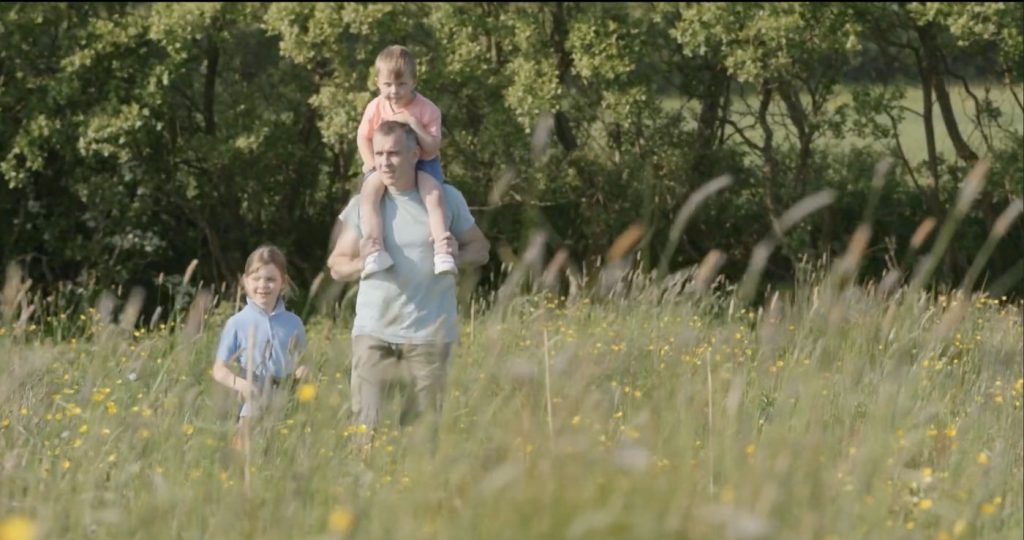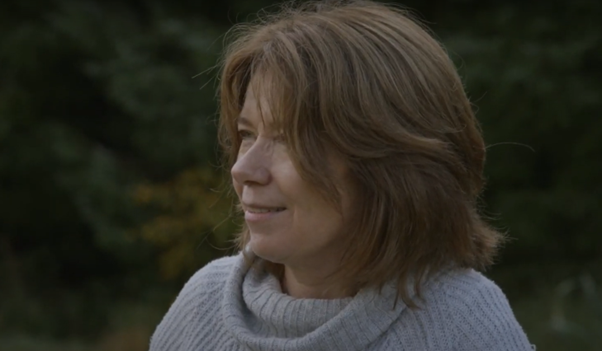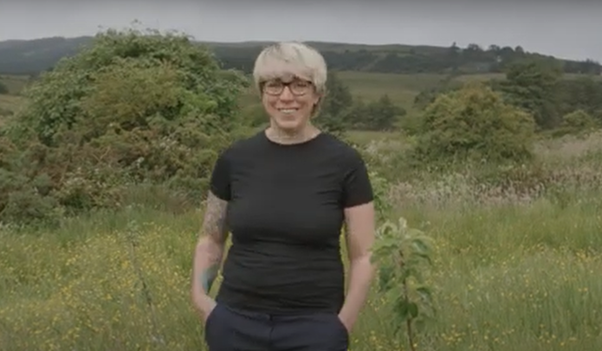We received guidance and funding and more importantly encouragement to create a wildlife pond from The Hare’s Corner team. One and half years later, we did a study on it and identified 30 different species in and around the pond. Our members really enjoy this pond and now we are designated as one of just six ponds in the whole country as a demonstration site for ponds.
What the landowner will need to commit to
- Providing time: Dedicate up to 3 hours of your time to accompany an ecologist from The Hare’s Corner team during the ‘Plan for Nature’ visit to your site.
- Taking action: Take as many actions as you can from your Plan for Nature report! Your Plan will be designed to give you bespoke practical guidance on how you can act for nature on your land.
- Giving us an update: We would love to hear how you get on! Provide feedback and progress update on the recommendations made in the plan, when requested by The Hare’s Corner team.
- An agreement that your anonymised data (location of your site, images and report of your site) will be used by The Hare’s Corner project for its communications and reporting purposes.

What The Hare’s Corner team will commit to
- Arranging and carrying out a visit to your site by a Plan for Nature advisor.
- Providing you with a simple, bespoke, mapped report on your site, which will contain information on existing ecological features/habitats on your land and key recommendations on how you can enhance biodiversity on your land.
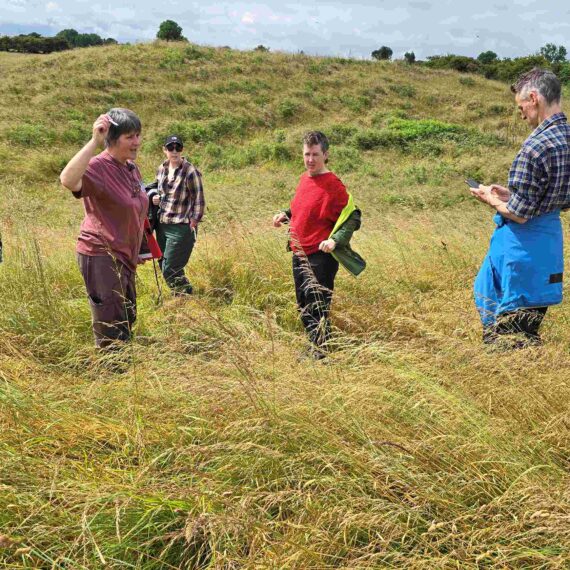
Testimonials
Practical Tips

Create a Nesting Habitat for Cavity Nesting Bees
Approximately 20% of our solitary bees build their nests in cavities in the likes of stones, bricks and wood. Common examples are mason bees and leafcutter bees.
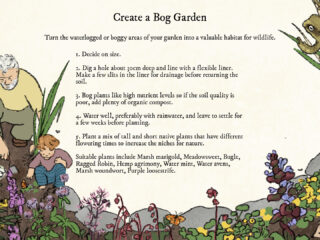
Create a Bog Garden
Turn the waterlogged or boggy areas of your garden into a valuable habitat for wildlife.
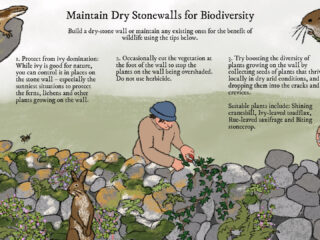
Maintain Dry Stonewalls for Biodiversity
The nooks and crannies found in drystone walls provide shelter and nesting sites for animals from the tiniest invertebrates to amphibians, birds and small mammals.
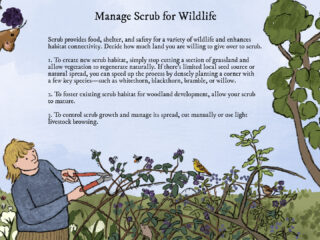
Manage Scrub for Widllife
Scrub offers a layered structure with dense cover and small clearings, creating a highly diverse environment for wildlife.
